Blog, How To, Organisation, Other
The Basics Of Bullet Journaling
No doubt we have all tried the latest in organisational systems only to let it simmer down to nothing and fall right back into our unorganised, overwhelmed states of living.
You might think that you are simply incapable of getting and staying organised, but what if I told you, you probably just didn’t fully understand the basics and fundamentals of those systems?
Today we are going back to basics!
Note: the pictures in this blog were created to act as a guide, they can be changed in any way that suits you.
What is it?
Before you can start bullet journaling, you must first understand what it is. The Bullet Journal (or BuJo for short) was created by Ryder Caroll, a digital product designer and author living in Brooklyn. Essentially, the bullet journal is a highly customisable planner system that allows you to plan for the future and track the past while making the most of the present, but much more than that, the BuJo system is a methodology best described as a mindfulness practice combined with productivity system. The Bullet Journaling system helps its practitioners live lives that are both productive and meaningful. Clever right?!
What does a basic bullet journal contain?
The bullet journal system has a few very specific pages that makes it a Bullet Journal, so lets get into the terms you will hear when talking about bullet journaling:
- Migration
Migration is the act of moving an unfinished task from one day to another. By doing this you are keeping tasks relevant.
2. Spreads
This term is often used to described two pages, side-by-side in a bullet journal. Monthly and weekly logs tend to “spread” over two pages.
3. Collections
Collections are used to group and organise related information. The traditional collection of a bullet journal consists of the index, future log, monthly log and the daily log.
4. Trackers
Trackers are used to track information over a period of time; trackers can vary from monthly to yearly or anything in between.
5. Monthlies
This term is used to describe the monthly log found in the bullet journaling system – people tend to get very creative with this, creating themes for each log.
6. Weeklies
Like monthlies, weeklies are a layout for one week at a time. They can vary in layout types.
7. Dailies
In the same fashion as monthlies and weeklies, people often call daily logs “dailies”.
8. Rapid Logging
Rapid Logging is the term used by Ryder Carroll for the act of quickly capturing information in a bulleted list. Essentially, when you sit down and quickly jot down your tasks in your daily spread, you are rapid logging.
9. Keys
A bullet journal key or legend is simply a handy reference guide that you create to remind you what colors, letters, or symbols you use in your bullet journal to signify various tasks.
Getting started
Starting a bullet journal may seem intimidating, but it is as easy as pie! All you need is a empty notebook, some pencils and pens and the willingness to create a few pages. Your bullet journal does not have to be perfect, you can start anywhere and in any order – remember that your bullet journal does not serve the same purpose as a diary – although it is a planner system that is meant to help keep you organised and be more productive. The system you choose must be functional for YOU.
Supplies
They beauty of bullet journaling is that it is extremely simple and affordable. You don’t need any fancy or expensive supplies to succeed at bullet journaling. You can use that old note book that has been lying in your drawer for years, or the pen you accidentally stole from a friend.
However, If you love using fancier supplies, that is also dandy! I find that I am more likely to use my bullet journal when incorporating some of my other interests, such as watercoloring and doodling. Bringing this system into your life will take some discipline, but some fun supplies and colourful pens will make it 100% more enjoyable!
Have a look at some of our gorgeous journals, perfect for bullet journaling! Visit our website to see all our journal ranges. Click Here
**subject to stock availability
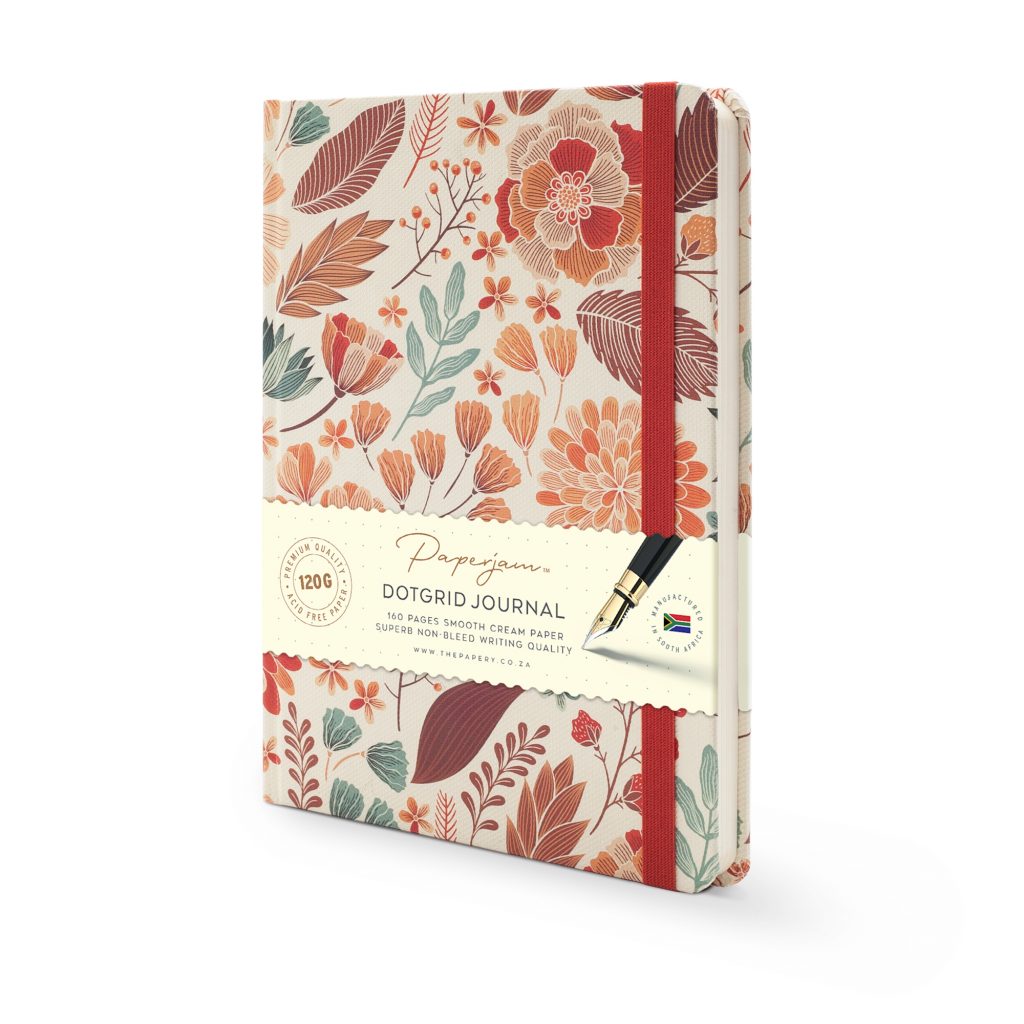
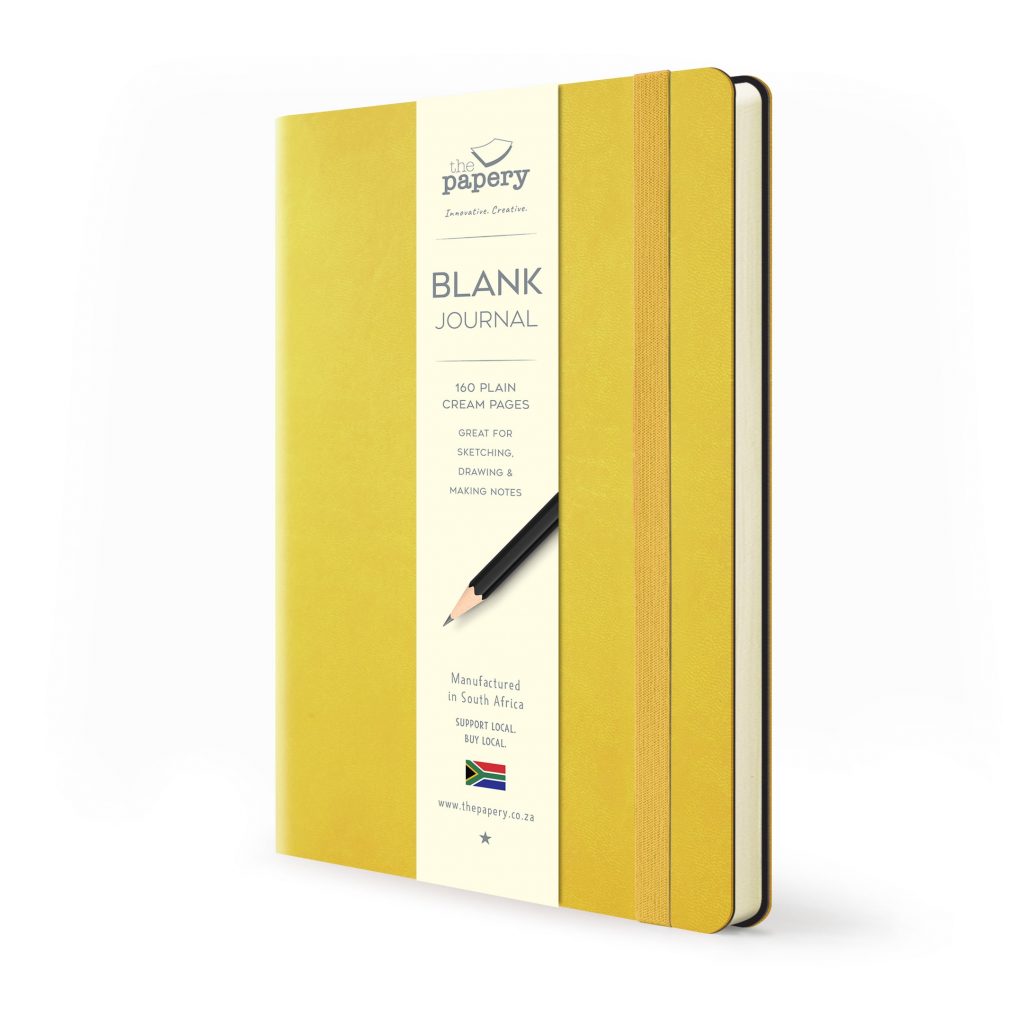
160 x 80gsm quality cream pages
Rounded corners
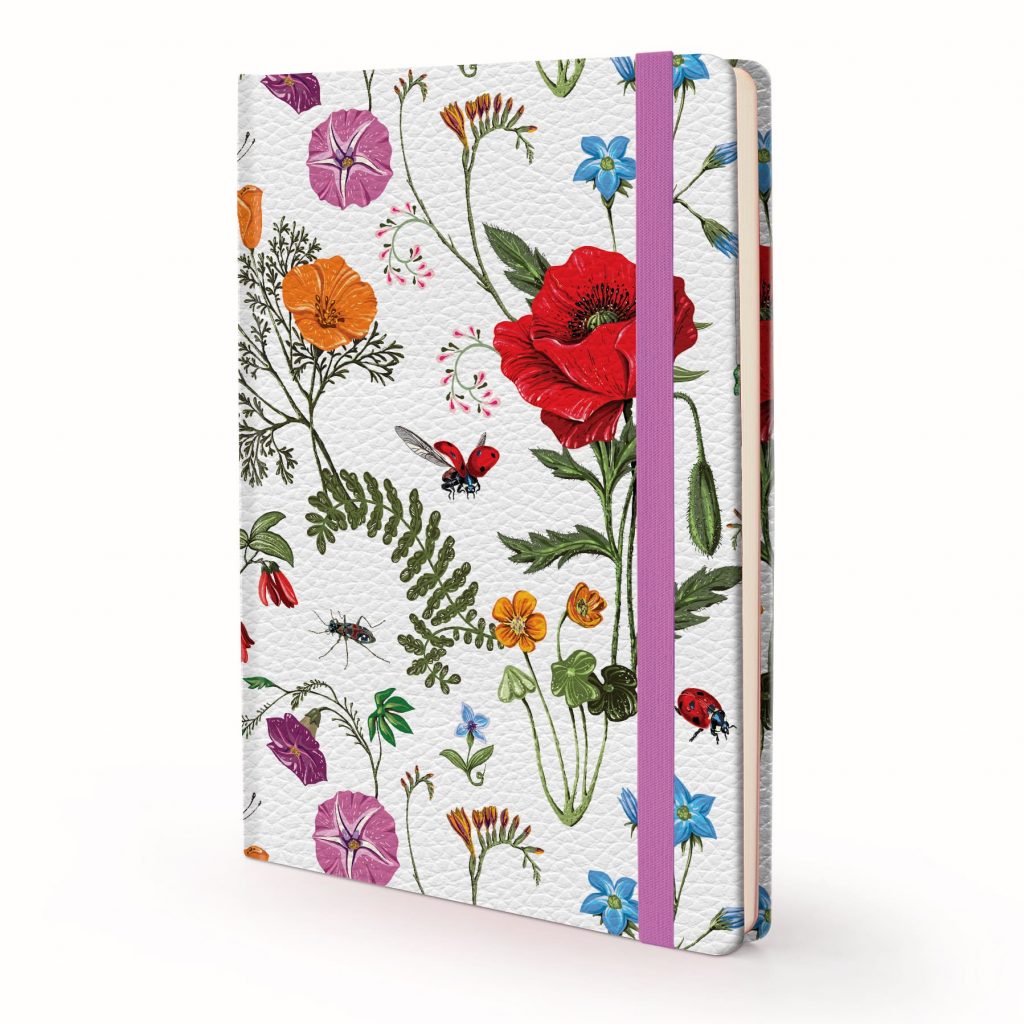
The Basic Pages
Index
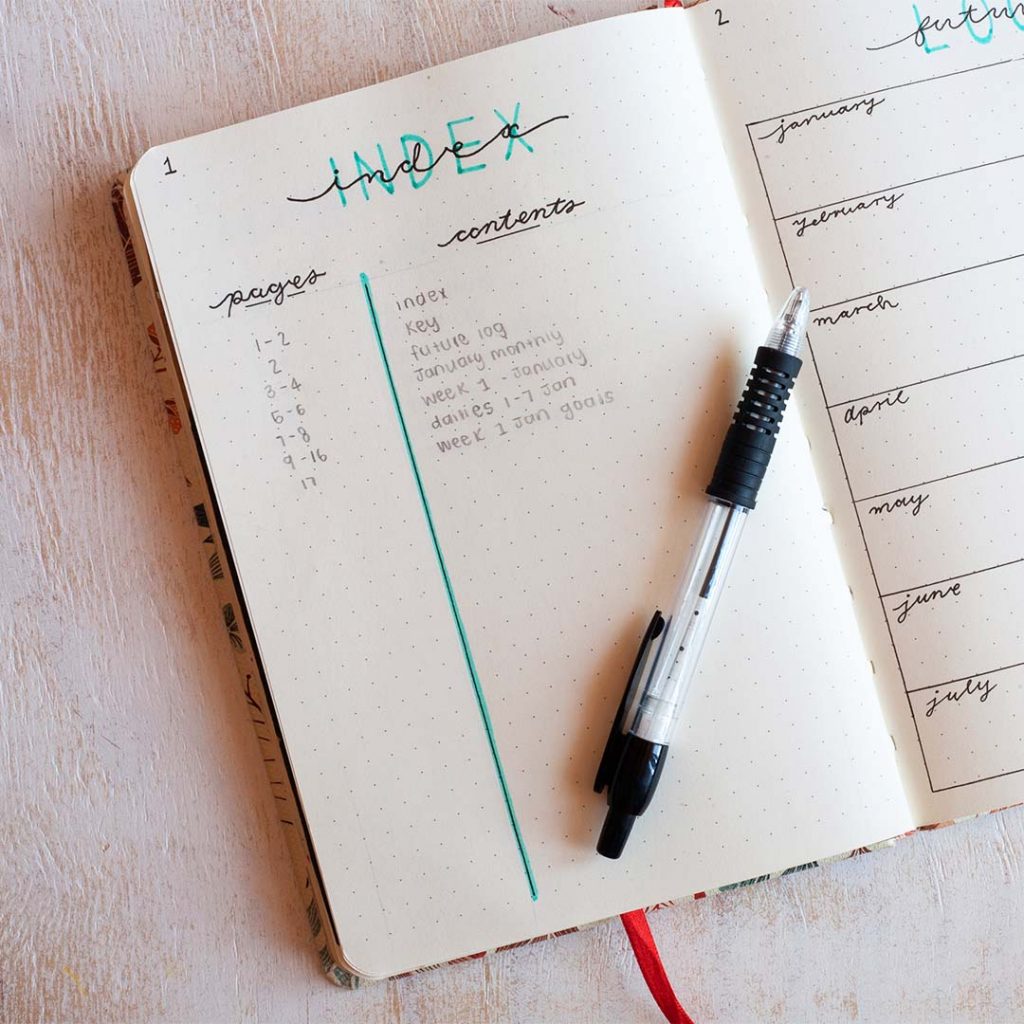
The index lives at the front of your journal and helps you locate things quickly. It can get extremely hard to keep track of as your bullet journal grows daily. To make it easy, number 50 pages at a time(unless you want to number them all)
The easiest way to build a bullet journal index is through collections. There are collections that span over a consecutive number of pages, they are indexed as “Collection Topic 5-10”
Other collections will be reccurring, but won’t follow consecutively, such as monthly logs, they are indexed as “Collection name 3-4, 11-12, 20-21”
Future Log
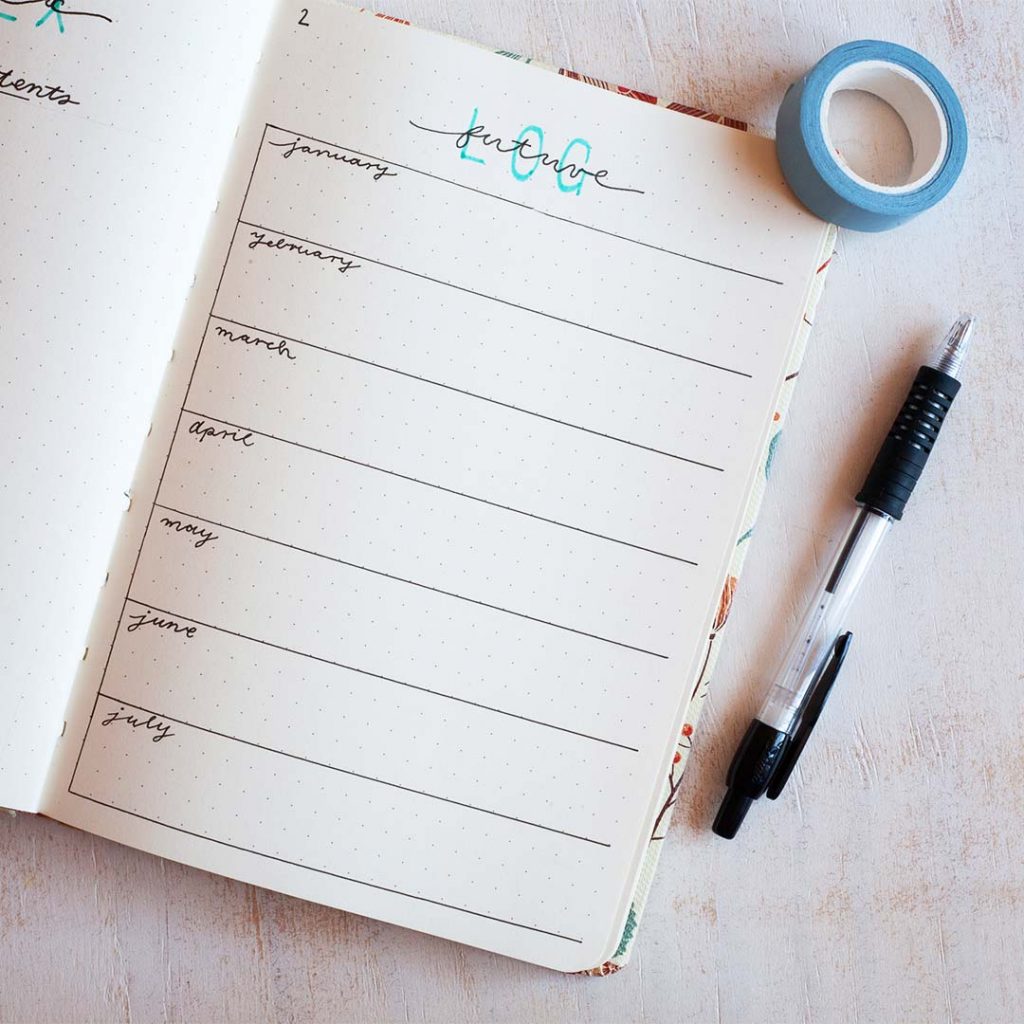
So you have plans 6 months from now, but how do you log them without laying out all your monthly logs? Thats where the future log comes in! Basically, its a page where you can log future appointments, events and important dates without drawing a spread for them. It makes it easy to reference and see whether you have an approaching doctor’s appointment or an impending deadline.
Personally, I never have many appointments ahead of time, so my future logs are small.
Tip: Keep track of your future log and see what can be migrated to the next monthly log.
Monthly log (spread)
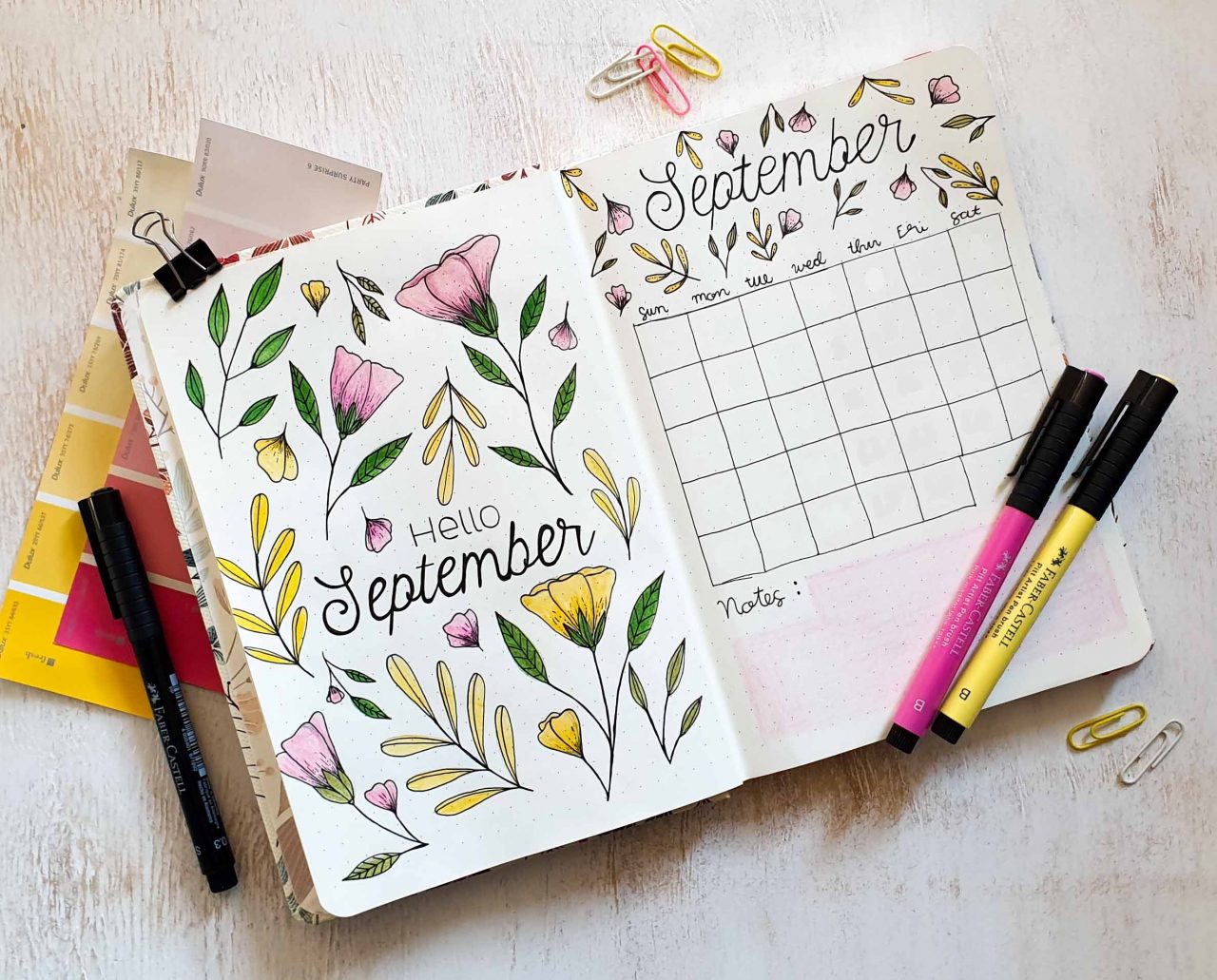
If you ask me, the monthly log is by far the most fun part of bullet journaling.
To start out, use a double page (side-by-side). On the first page, write the month, you can decorate this page however your heart desires!
Next, use the other page to layout your calendar, be sure to leave enough space in each square for writing.
I also leave a space for notes, this is where I write down all my monthly focusses (this is completely optional)
Important: The monthly log is purely for reference. Your daily and weekly logs is where you write down tasks in more detail.
Weekly Log

Weeklies are not a part of the original bullet journaling system as designed by Ryder Caroll. So why add them in? Weekly layouts make it easy to see your whole week at a glance, it will also make planning your daily spreads a lot easier!
There are a million fun ways to set up weeklies and experimenting with different layouts is a blast!
There are endless elements you can add to your weekly spreads that don’t really fit in anywhere else, like, goals, important dates, to do lists, weekly mini-habit trackers etc.
Daily Logs
The Daily Log is designed for day-to-day use. At the top of the page, record the date as your topic. You write down all the things you need to get done that day, all the appointments you need to remember, and any notes you need to keep. You can add as much other information as you want! If you don’t fill a page, add the next date wherever you left off and you’re ready to continue.
Tip: Don’t set up Daily Logs way ahead of time. Create them as you go or the night before. You never know how much space you may need any given day.
Understanding collections
As we previously discussed, the traditional collection of a bullet journal consists of the index, future logs, monthly logs and the daily logs, but you can add a bunch of other collections in your bullet journal to even further personalise your system.
Some examples of other logs are:
- Memory Log
- Affirmation Log
- Gratitude Log
- Grocerie lists
- Goal Log
Trackers
A very helpful tool that is also not part of the original Bullet Journaling system, but has gained popularity over the years. The most popular type of tracker is a habit tracker.
Habit Tracker
A habit tracker is a tool that is used to form good habits, kick bad ones and practice mindfulness. Habits are tracked every day for a month. For example, if you’re tracking your eating habits, you can fill in the box if you ate healthy today. If you didn’t, the box remains empty. After weeks and months, you can watch a pattern emerge and see exactly how often that habit is present in your life. Once you see that information, it becomes 10x easier to make changes.
More examples of trackers:
- Fitness Tracker
- Financial Tracker
- Weight-loss Tracker
- Mood Tracker
Because we love encouraging healthy living and better habits, we have designed a printable habit tracker! Sign up to get your freebie.
Got the jitters?
First page fear or new journal paralysis is the fear of using a new notebook or journal because you might mess it up. Sound familiar? We have all been there! So now you are probably wondering what causes that fear…
Toxic Perfectionism
Yup! perfectionism too can be a toxic trait. It is often praised as good because you might have attention to detail, but toxic perfectionism can be what is keeping you from finishing tasks – or even starting them! But perfect isn’t possible. You are human and no one expects you to be perfect. So don’t put that pressure on yourself!
How to overcome toxic perfectionism
- Find comfort in the fact that none of us are perfect!
- Start focusing on getting tasks DONE and not PERFECTLY done – remember, the only way to actually get better at something is to actually do it!
- Practice! Practice! Practice!
- While there is nothing wrong with finding inspiration on Pinterest, don’t be too fixated on it, those spreads were probably created to be just that, inspirational!
Pick your poison
Artsy or minimal? Both have their own place in the bullet journaling community and can be equally effective at keeping you organised and productive. Don’t know what you like yet? Try them both! (You really won’t know it until you’ve tried it.)
Minimalist
The word “minimalist” has become quite the label online. A minimal journaling spread is simply one that is more based on the original bullet journaling system. This way of journaling often consist of just plain writing with a line here and there (definitely no doodles) and very specific index keys.
Artsy
This style of bullet journaling has developed ways later than the original system. In this system journalers tend to paint, draw, doodle and use fancy calligraphy to make their journals engaging and fun. There is no doubt that this style takes more time and is not everyone’s cup of tea, I would still recommend every new comer try it out (you might just discover a hidden talent.)
Not all that artsy?
No problem! You can still spice up your journal with creative products such as adorable stickers and creative washi tapes.
Lucky for you, we have all those things!
Visit our website to see all our amazing journaling accessories. Click Here!
**subject to stock availability
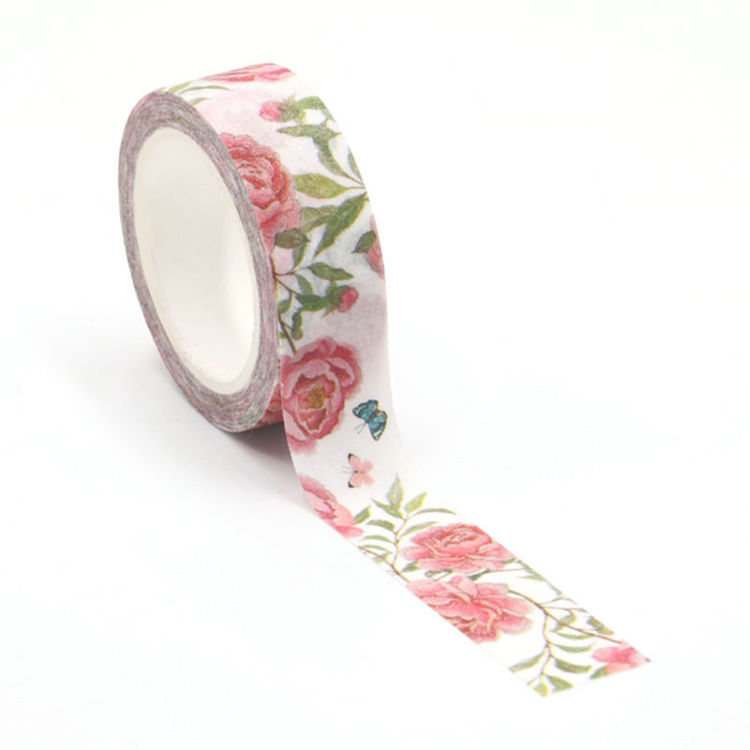
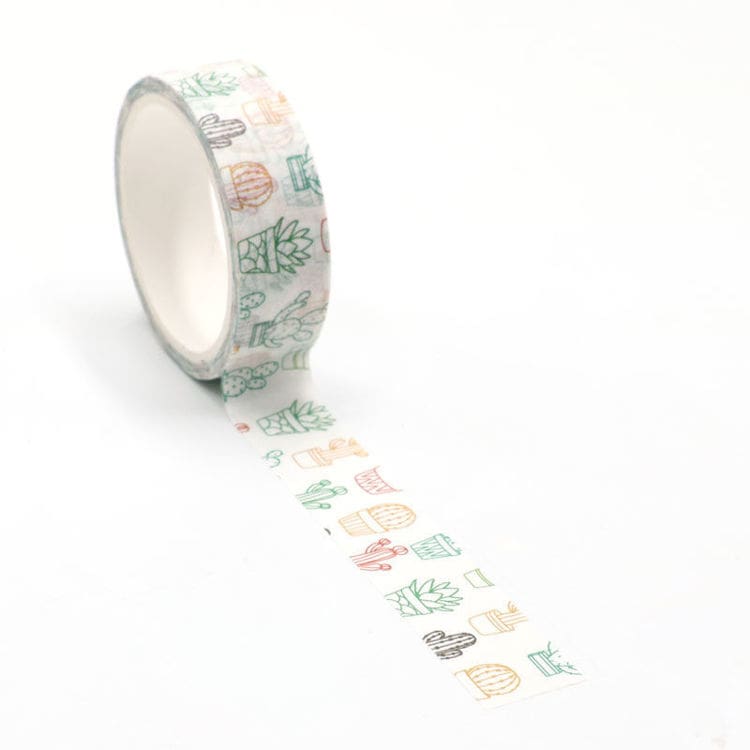
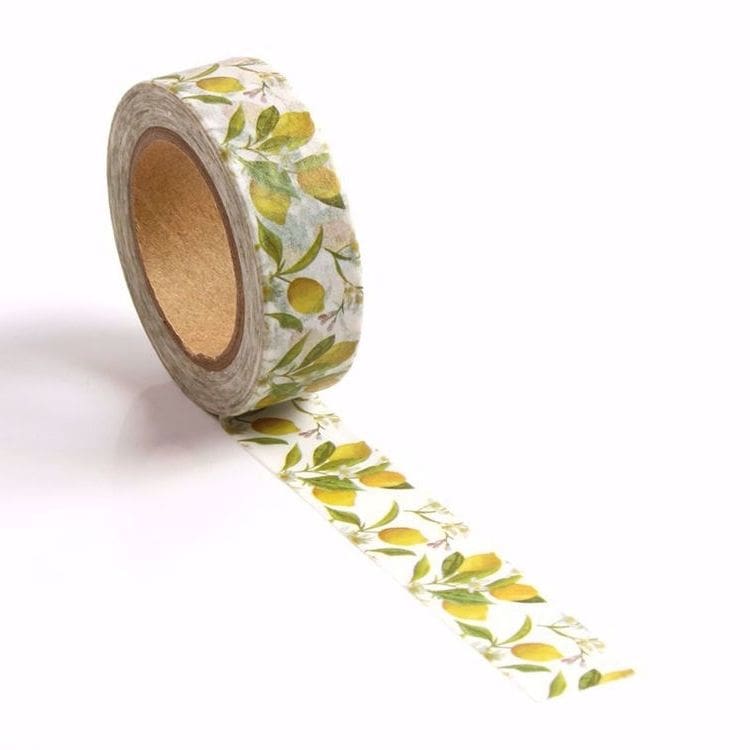
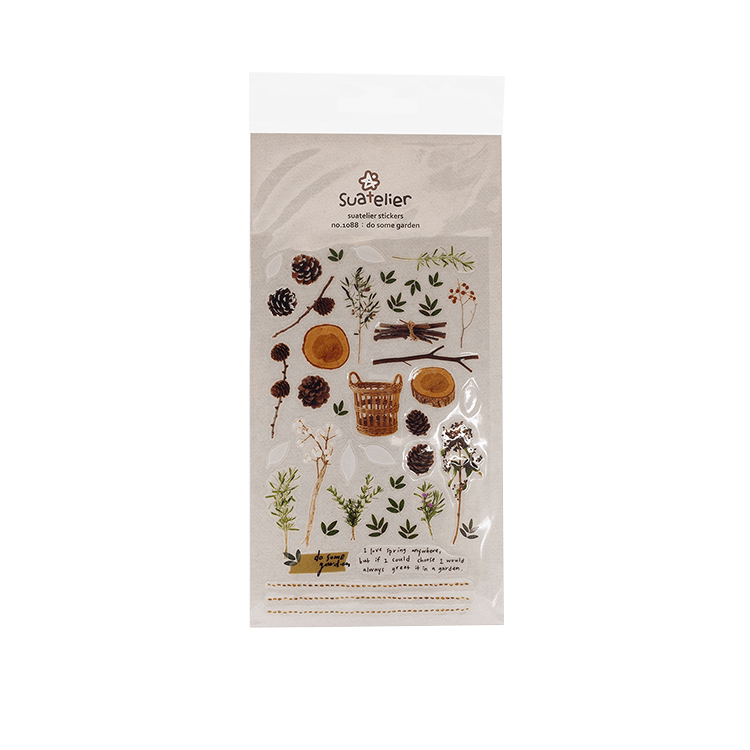
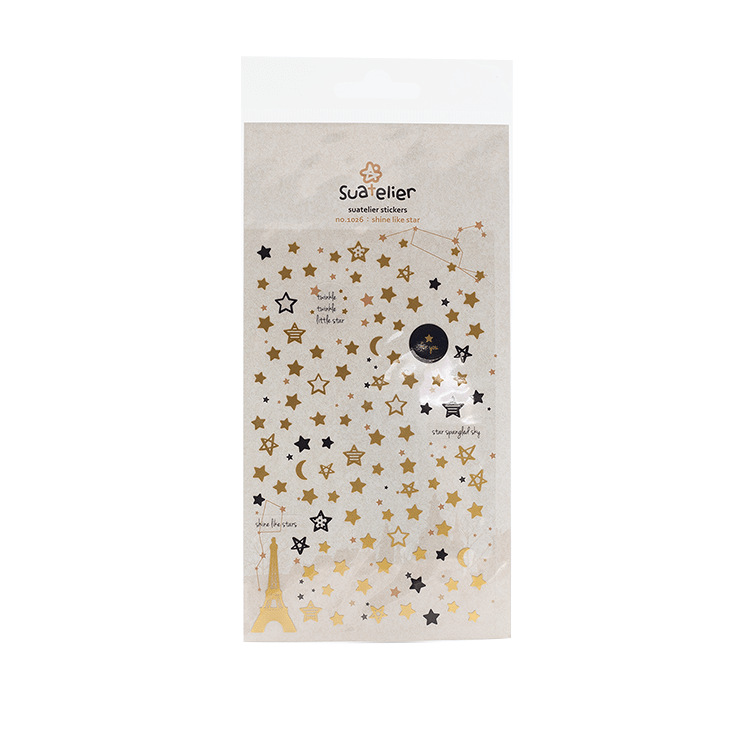
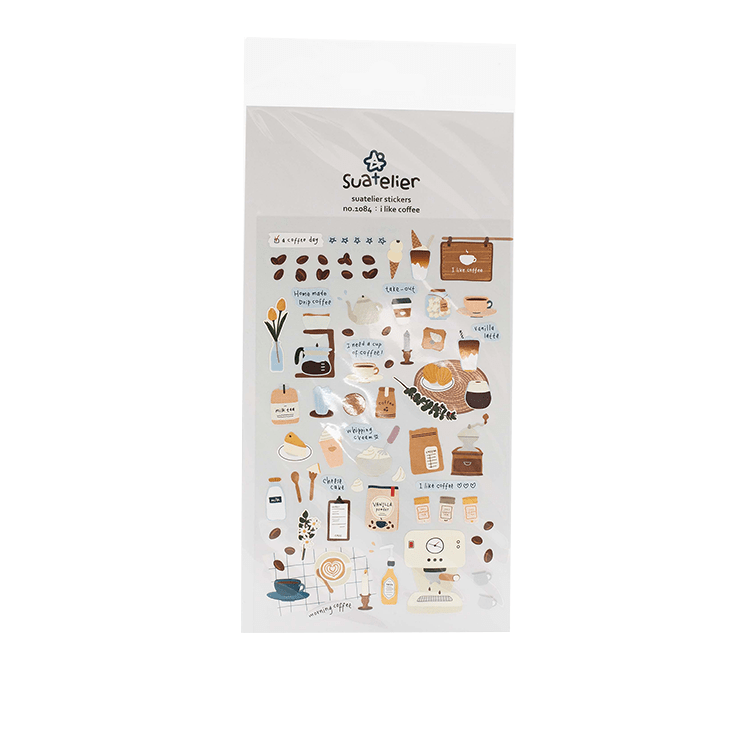
Benefits of Bullet Journaling
So the takeaway from this blog, besides how to get started, is that bullet journaling can be extremely helpful in getting your life on track! But if that didn’t sway you, here are some added benefits of journaling;
- It organizes your thoughts and gets them out of your head.
- It is as budget friendly as it gets.
- Helps you track and achieve your goals.
- It helps to improve your overall mental state.
- Promotes organisation and productivity.
- Inspires creativity.
- It is fun and fashionable!
If you loved this blog be sure to follow us on Pinterest and Instagram for more journaling and related content!

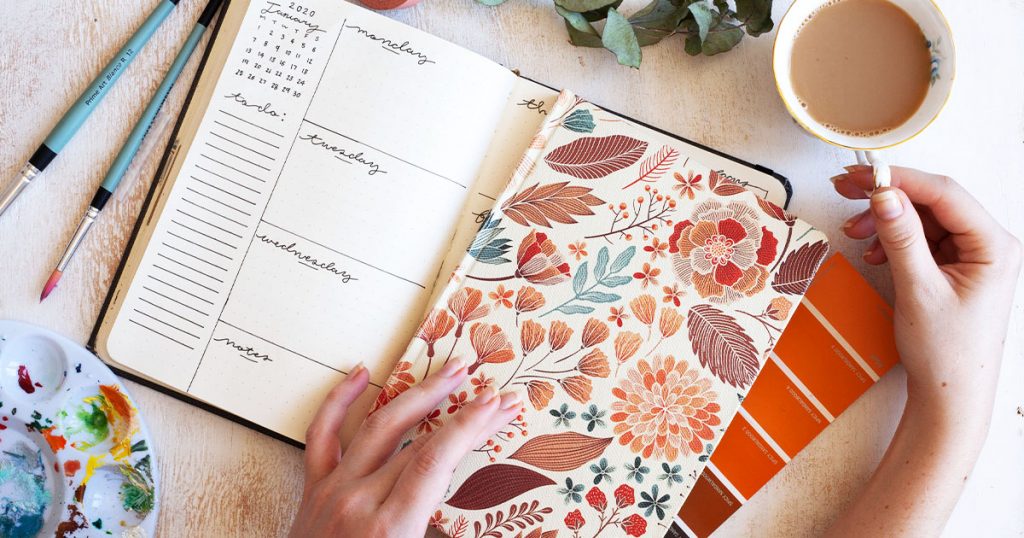
So important not to get caught up in the perfectionism! I was intimidated by the works of art I thought represented bullet journaling, but as soon as I found the original bullet journal method, it was the solution to my organiser dilemma I’d been searching for. I prefer the minimalist approach but lately I have been experimenting with my own “pretty” and am enjoying the extra dimension it adds to otherwise tedious lists of the to-do’s piling up. My latest “wow” oraganising tool is the Calendex.
Hi Heloise! Thank you so much for sharing this! I feel that many people struggle to get past the perfectionism, and makes me glad to see that you love being minimal, but starting to dabble in being artsy!